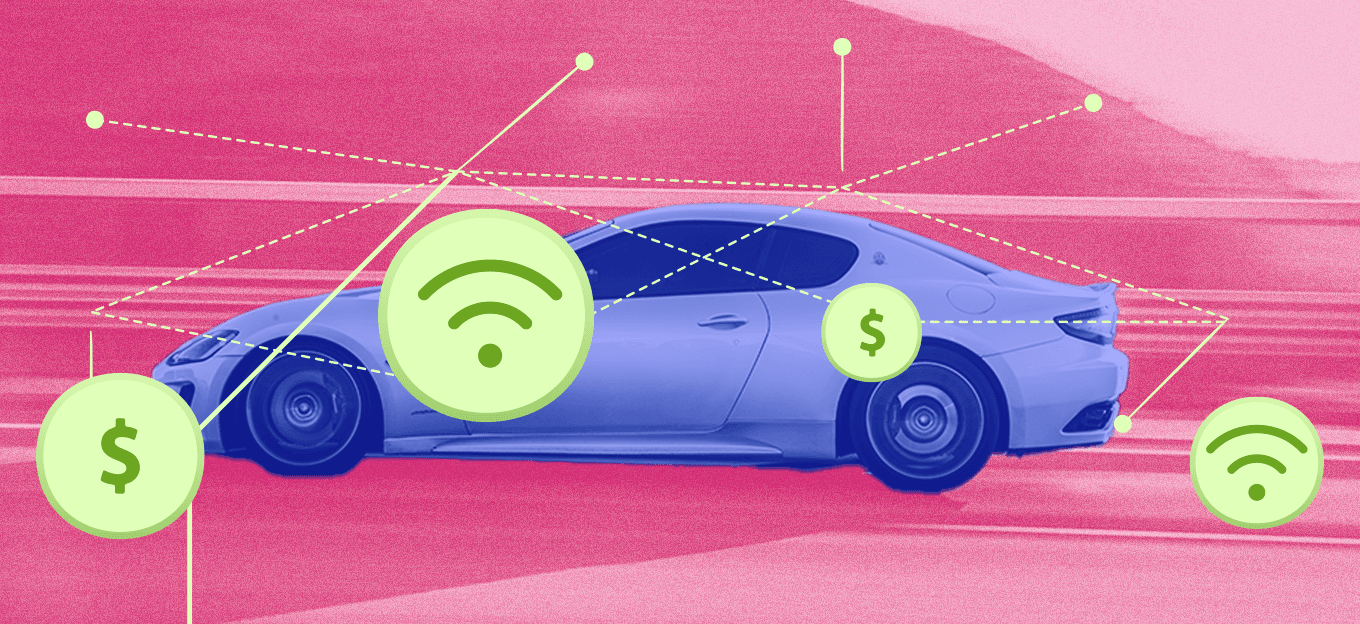The Rise of Predictive AI in Automotive Service Centers
The Rise of Predictive AI in Automotive Service Centers
- Last Updated: July 21, 2025
Julia Conn
- Last Updated: July 21, 2025



In the fast lane of modern automotive service, prevention is the new cure.
For decades, service centers have operated reactively. A technician falls behind? Customers wait. A part is delayed? Repair times spike. Managers scramble, and customer satisfaction suffers. Now, predictive AI is flipping that model on its head.
The next evolution of shop management uses historical and real-time data to foresee and prevent operational hiccups before they happen. Forward-thinking service centers are shifting from reactive firefighting to proactive precision.
How Predictive AI Works
Predictive AI platforms ingest data across multiple variables:
- Past technician job cycle times
- Bay utilization patterns
- Seasonal service trends
- Customer arrival patterns
- Inventory levels and delays
They then forecast potential bottlenecks or delays hours—or even days—in advance.
For example:
- If the system detects a pattern of afternoon backlogs on oil changes, it can recommend pulling in extra technician resources or re-routing lighter jobs to another day.
- If a technician consistently exceeds average job times on specific repairs, the system can suggest training or job reallocation before issues escalate.
The Impact: Smarter Shops, Smoother Days
Service centers that use predictive AI have reported:
- 15–25% reductions in unplanned delays
- Faster technician cycle times
- Higher customer satisfaction scores and Google reviews
- Less stress on managers and techs due to fewer surprises
Predictive AI acts like a digital shop foreman: watching every process, anticipating bottlenecks, and recommending solutions.
Real-World Example
A regional tire chain piloted predictive AI in 10 of their busiest locations. The software predicted peak daily volume surges and staffing mismatches with 92% accuracy. They decreased average customer wait times from 94 minutes to 67 minutes, driving a measurable uptick in 5-star reviews.
Conclusion: Time to Get Ahead
Shops that embrace predictive decision-making are winning on speed, consistency, and customer loyalty. Predictive AI turns operations from a guessing game into a strategic advantage. In an industry where customer loyalty is built (or lost) in minutes, the ability to manage proactively is a game changer.
The Most Comprehensive IoT Newsletter for Enterprises
Showcasing the highest-quality content, resources, news, and insights from the world of the Internet of Things. Subscribe to remain informed and up-to-date.
New Podcast Episode

What is Hybrid Connectivity for IoT?
Related Articles





